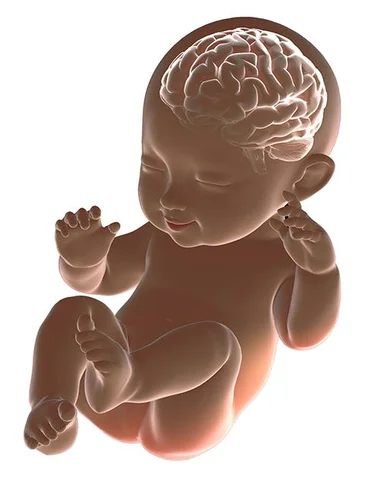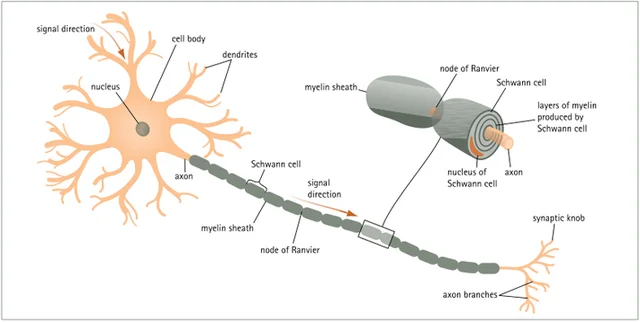-
The average size of a baby's brain is a quarter of the size of a human's brain at birth
-
Newborns can recognize human faces and can discriminate between emotions. At birth, a baby recognizes their mother's voice.
-
The first year, a newborn's brain continue to develop at a quick rate. The cerebellum triples in size which leads to rapid growth in motor skills. Babies learn how to walk.
-

-
As the visual cortex grows, babies gain better sight and can adhere to their surroundings. Newborns tend to have limited vision out the womb.
-
At about 3 months, an infant's recognition improves greatly which coincides with significant growth in the hippocampus. Infants can remember more faces and voices.
-
Language circuits in the frontal and temporal lobes develop in the first year influenced by the language infants hear. Infants can grasp an understanding of language.
-
-
When a baby turns 2 their brain's language areas begin to change rapidly. More synapses are developed and interconnected with one another.
-
Infants develop a better vocabulary and other language abilities. An infant's vocabulary would quadruple between ages 1 and 2.
-
Major increase in myelination. Myelination is the formation of a protein shield around a nerve. It helps the brain perform more complicated tasks.
-
High-order cognitive abilities such as self-awareness develop. An infant is more aware of their own emotions and intentions.
-

-
Milestones signify developmental achievements:
Gross motor skills - walking, throwing
Fine motor skills - holding, picking up an item
Vision
Hearing
Speech and language
Social and emotional development - interacting with others and controlling emotions -